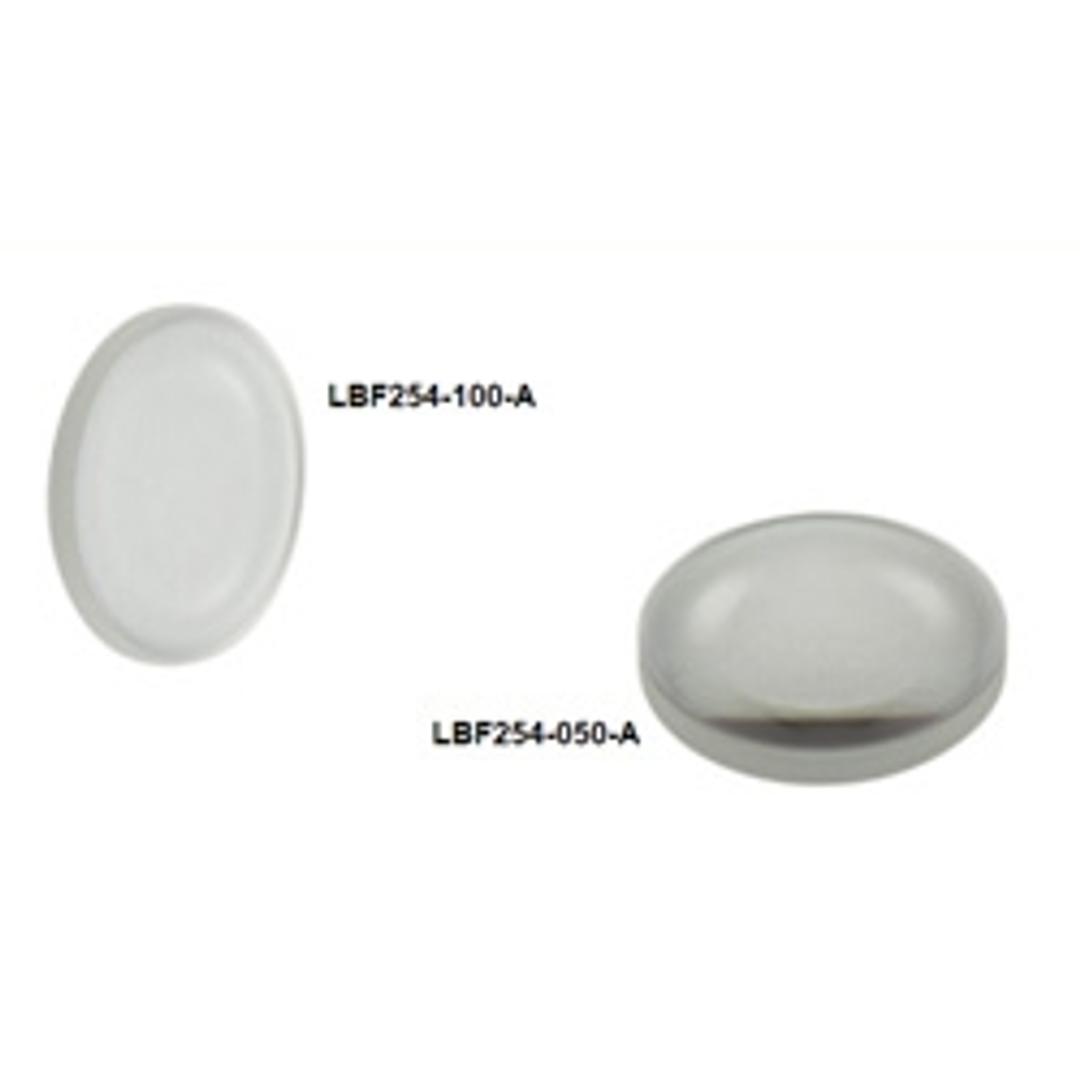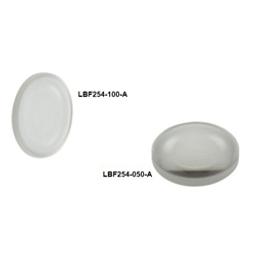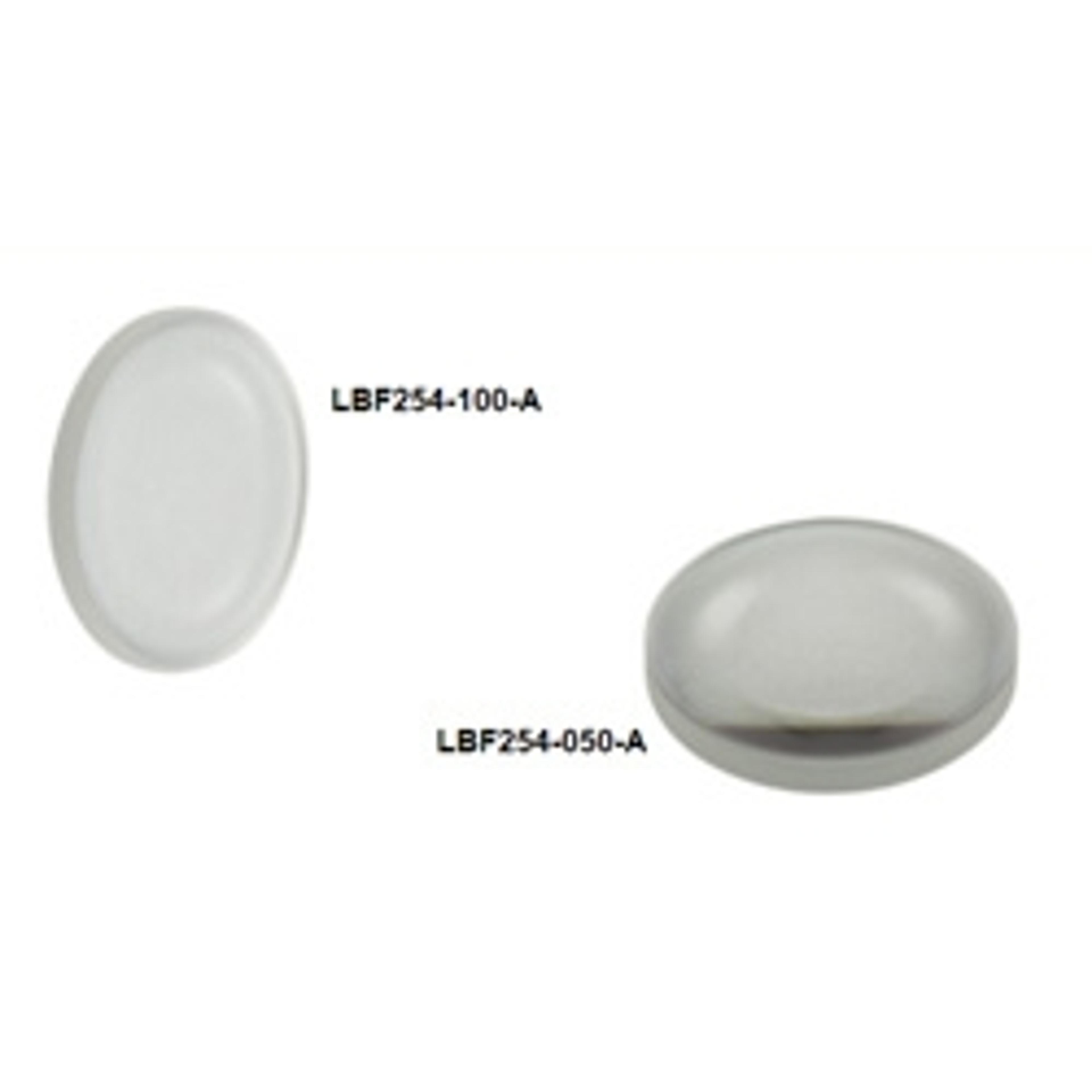N-BK7 Best Form Spherical Lenses
Thorlabs' N-BK7 Best Form lenses are designed to minimize spherical aberration while still using spherical surfaces to form the lens.

The supplier does not provide quotations for this product through SelectScience. You can search for similar products in our Product Directory.
Great results
Microscopic applications
Easy to use, after service was really great.
Review Date: 25 Jun 2021 | Thorlabs
Great results, Thorlabs is the most user friendly for optics.
Singlet fission
Thorlabs optics are the best bang for your buck. The spherical lens I recently received was critical in taking a precise laser spectroscopy measurement. Thorlabs provides all of the specs and ships quickly.
Review Date: 26 Nov 2019 | Thorlabs
High quality and worth the price.
Raman Spectroscopy Home Built Instrumentation
Thor Labs Optical products are very high quality and worth the price. Any spectroscopy group would value their products.
Review Date: 27 Mar 2019 | Thorlabs
Features:
- Best Possible Performance from a Spherical Singlet
- 350 - 700 nm AR Coating Range
- Ideal for High-Power Applications
- Diffraction-Limited Performance at Small Input Diameters
Thorlabs' N-BK7 Best Form lenses are designed to minimize spherical aberration while still using spherical surfaces to form the lens. Best form lenses are available with an AR coating for 350 - 700 nm, and are also available uncoated or AR coated for 650 - 1050 nm or 1050 - 1700 nm to reduce the light reflected from each surface of the lens. Best Form Lenses are ideally suited for use at infinite conjugates in high-power applications where doublets are not an option.
Each side of the lens is polished so that it has a different radius of curvature, optimizing it for use at infinite conjugates. This process makes these lenses more expensive than plano-convex or bi-convex lenses. Since the lenses are optimized for minimum spot size, they can theoretically reach diffraction-limited performance for small input beam diameters (see the table to the right for details).
For best performance in focusing applications, place the surface with the shorter radius of curvature (i.e., the more steeply curved surface) towards the collimated source. Lens kits are also available.



